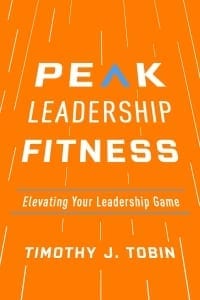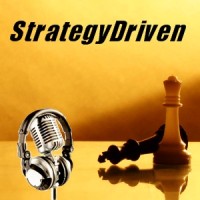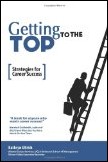The Scary Journey Of Selecting New Leaders
Every single business in the world will have at least three to four changing of the guards in each century. Out with the old and in with the new. Leaders have to be changed and replaced. Bringing in the next generation of managers, C-suite and other senior positions, is a daunting and even scary task. What’s at stake? Your company culture is by far the most important thing that is in the crosshairs. You need to maintain a solid culture that transcends time and generational gaps. It’s what makes your business unique and special in the industry. You will also need to bring in leaders that have the type of temperament you need to make tough decisions that ultimately allow your business to thrive and in some cases, survive.
Young incumbents and mentors
Every new leader that is brought into their position, must be given a mentor. This is a lot easier said than done as you may not be able to keep around the previous leader, long enough to show them the ropes. That’s why it’s beneficial to have a transitional phase, whereby the incumbent leader is taken under the wing of the outgoing leader. The outgoing leader will have overall authority but more and more of it will be passed to the incumbent.
The mentor will stick close to the young new leader, whether it’s a manager or a senior in a department. Make sure the incumbent is asking as many questions as possible so that small issues are nipped in the bud before problems arise. It’s general practice to keep it this way for about 12 months, but in some cases and depending on the role, it can be 18-24 months.
On shaky ground
Many young leaders will feel like they’re on shaky ground. It’s a good idea to provide them with seminars and content about leadership, so their knowledge of different techniques and mental toughness can expand. Providing them with a Keynote Speaker regarding leadership motivation is highly recommended. This type of speaker lives and breathes, supporting new leaders to become comfortable in the role and thrive on the additional responsibilities and pressure. Some of your leaders will be plagued with self-doubt and they will allow themselves to feel overwhelmed despite being great at their jobs. Don’t allow a spark to fade when you have the opportunity to fan the spark into a flame. Some of the best leaders in the world, started off not believing in themselves and weren’t able to handle the pressures at first.
Making tough recalls
As the boss, you have to make the toughest decisions. Sometimes it will involve demoting an incumbent leader because it’s either not the right role for them or, it’s too soon. Even if an employee passed all the managerial training, they might not perform well in the actual role. Give them time to get used to it, but if several months down the line you still see them making mistakes, you need to recall them from that role.
It’s quite a tense time when you are training, selecting and evaluating new leaders. But every business must go through this changing of the guard, so make sure you do it right.

 As a leader, there are multiple competing demands on your time. Too often, leadership development falls by the wayside. It’s too easy to file that under ‘get to it later.’ Yet, most leaders expect results.
As a leader, there are multiple competing demands on your time. Too often, leadership development falls by the wayside. It’s too easy to file that under ‘get to it later.’ Yet, most leaders expect results. Timothy J. Tobin, author of Peak Leadership Fitness: Elevating Your Leadership Game, a learning and leadership development professional committed to helping individuals and organizations reach their greatest potential. He is currently vice president, franchisee onboarding and learning at Choice Hotels International, where he oversees the hotel opening processes and learning strategy and programs for all franchisees.
Timothy J. Tobin, author of Peak Leadership Fitness: Elevating Your Leadership Game, a learning and leadership development professional committed to helping individuals and organizations reach their greatest potential. He is currently vice president, franchisee onboarding and learning at Choice Hotels International, where he oversees the hotel opening processes and learning strategy and programs for all franchisees.

 StrategyDriven Podcasts focus on the tools and techniques executives and managers can use to improve their organization’s alignment and accountability to ultimately achieve superior results. These podcasts elaborate on the best practice and warning flag articles on the StrategyDriven website.
StrategyDriven Podcasts focus on the tools and techniques executives and managers can use to improve their organization’s alignment and accountability to ultimately achieve superior results. These podcasts elaborate on the best practice and warning flag articles on the StrategyDriven website.
 Kathryn Ullrich, author of
Kathryn Ullrich, author of